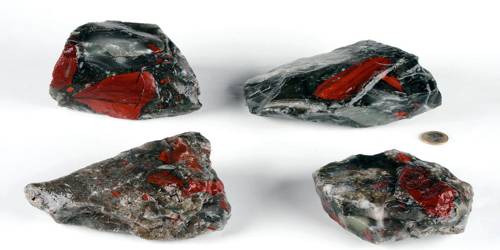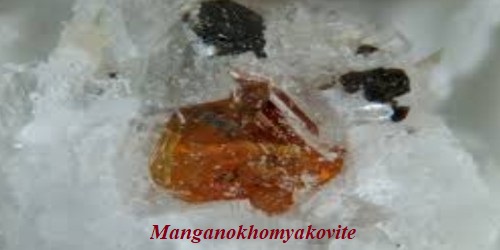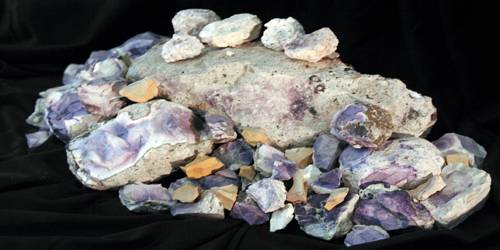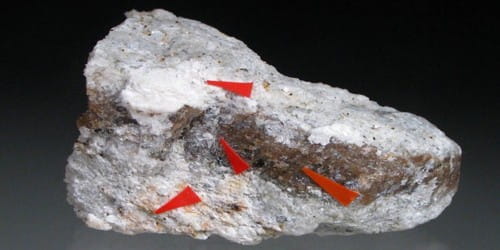Hopeite is a hydrated zinc phosphate with the formula: Zn3(PO4)2·4H2O. It is an orthorhombic-dipyramidal mineral containing hydrogen, oxygen, phosphorus, and zinc. It is a rare mineral used mainly as a collectors specimen. It is a rare phosphate mineral but is popular among collectors of rare minerals.
It was first described in 1822 from Moresnet, Liège Province, Belgium and is named after Scottish chemist, Thomas Charles Hope (1766–1844) of Edinburgh University. It has been found in Zambia associated with lazulite.
General Information
- Category: Phosphate minerals
- Formula: Zn3(PO4)24H2O
- Crystal system: Orthorhombic
- Crystal class: Dipyramidal (mmm)
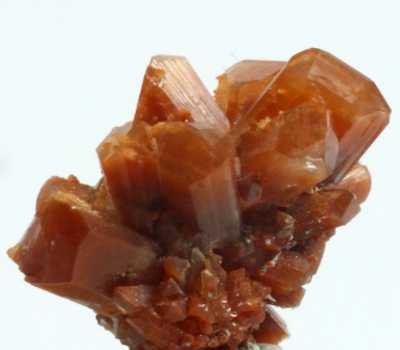
Fig: Hopeite – a hydrated zinc phosphate
Properties
Hopeite crystallizes in the orthorhombic system with prismatic, vitreous white to yellow crystals. The minerals are formed through oxidation of sphalerite by the presence of phosphate-rich solutions. It is a mineral consisting of a hydrous phosphate of zinc (specific gravity 2.76–2.85).
- Formula mass: 458.17 g/mol
- Color: Colorless, Gray white, Yellow, White, Light yellow
- Fracture: Uneven – Flat surfaces (not cleavage) fractured in an uneven pattern.
- Mohs scale hardness: 3-3.5
- Luster: Vitreous (Glassy)
- Streak: white
- Specific gravity: 3
Occurrence: A rare, late-stage mineral in some hydrothermal zinc deposits and complex granite pegmatites; incrusting bone breccia in a limestone cave.
Association: Tarbuttite, hemimorphite, spencerite, smithsonite, vanadinite (Kabwe, Zambia); triphylite, ferrisicklerite, leucophosphite, laueite, robertsite, hydroxylapatite, sphalerite (Tip Top mine, South Dakota, USA).
Information Source:

